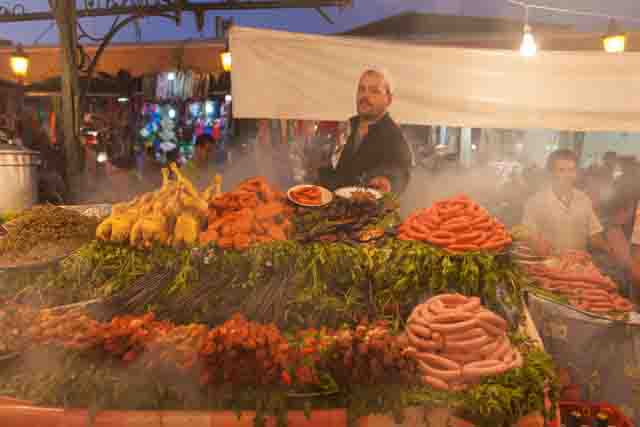A Historical Tour of Marrakech
Traveling is an important part of life; it introduces you to new cultures and traditions from all over the world, and some travel destinations will offer you a more memorable experience than others. For example, Marrakech – the capital of Morocco – provides an unforgettable experience in terms of exposure to culture and history. The city is the fourth largest in Morocco, and it is also the most important among Morocco’s former imperial cities.
Marrakech dates as far back as Neolithic times when Berber farmers inhabited the area, and the first recorded ruler of Marrakech was Abu Bakr ibn Umar, the cousin of King Yusuf ibn Tashfin in 1062! If you’re thinking about visiting Marrakech this year, here are some of the top historical attractions in this great city. Be sure to search for Marrakech flights online to get the best deals on airfares too!
The Kutubiya Mosque
The name of this mosque translates to the ‘Mosque of the Booksellers’, and you can find it in the south western quarter of Marrakech. It is the largest mosque in the city and one of the oldest as well. The construction of the mosque began in 1184 and ended in 1199, and the main building materials were red stones and brick. Furthermore, the Kutubiya Mosque has four entrances, and three of these open directly into its prayer hall. It also has six rooms in its interior, with each room directly above another except for the the ground floor.
The Badi Palace
Morocco has a long history of very powerful monarchs, therefore it is not surprising that each historical city often has a magnificent palace where the old monarchs used to reign. Saadian Ahmad al-Mansur fought and won many fights against the Portuguese in 1578 at the Battle of the Three Kings, and he built this palace in remembrance of that great victory. The palace took a century to build, and materials for its construction came from all over the world including Italy, France, India and Spain. In fact, many say that the Badi Palace is a grander version of the Court of the Lions in Alhambra, Spain.
The Jemaa El Fna Square
This square is a UNESCO World Heritage Site due to its historical significance, and its name translates to the ‘Assembly of Trespassers’. Historically, the Jemaa El Fna Square was a place of public executions, and these executions kept the subjects in the monarch frightened and therefore, obedient to the commands of their rulers. Slowly, it turned into a trading square where people from surrounding areas built stalls and traded their wares, and today, the square attracts huge crowds of international tourists from all over the world.
The Saadian Tombs
These tombs date back to the sixteenth century, and they functioned as a mausoleum to Saadian entertainers and rulers. The mausoleum contains corpses of about sixty members of the Saadi Dynasty, with the most magnificent tomb containing the corpse of Ahmad al-Mansur, the son of the Sultan at the time. These tombs are magnificent pieces of architecture, and some of the designs comprise of floral motifs, geometric tiles, calligraphy tiles and carrara marble. A huge garden stretches outside the main building too, holding the graves of servants and soldiers of the Saadi Dynasty.


Comments
Leave a Comment